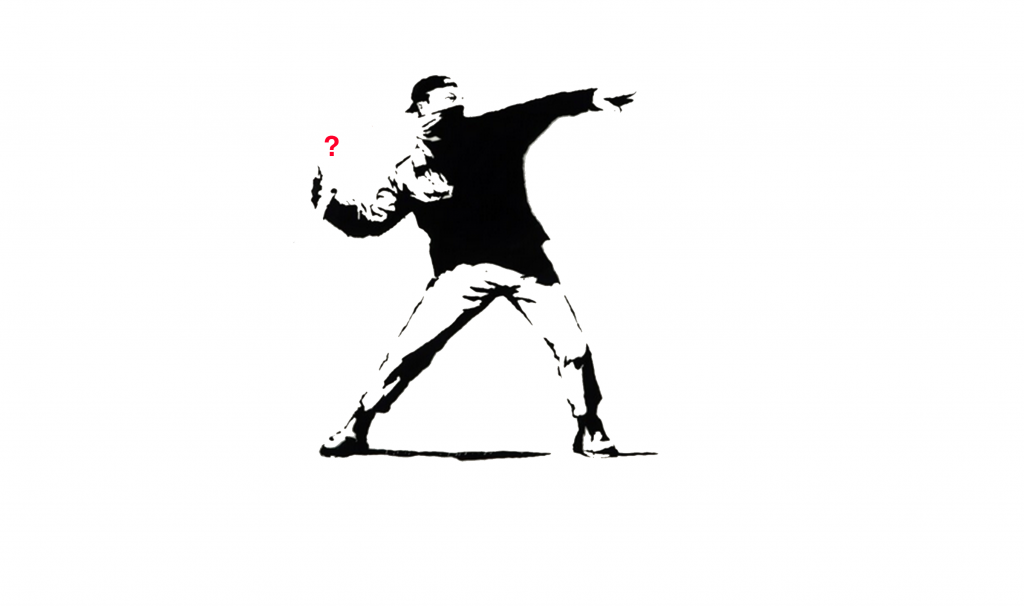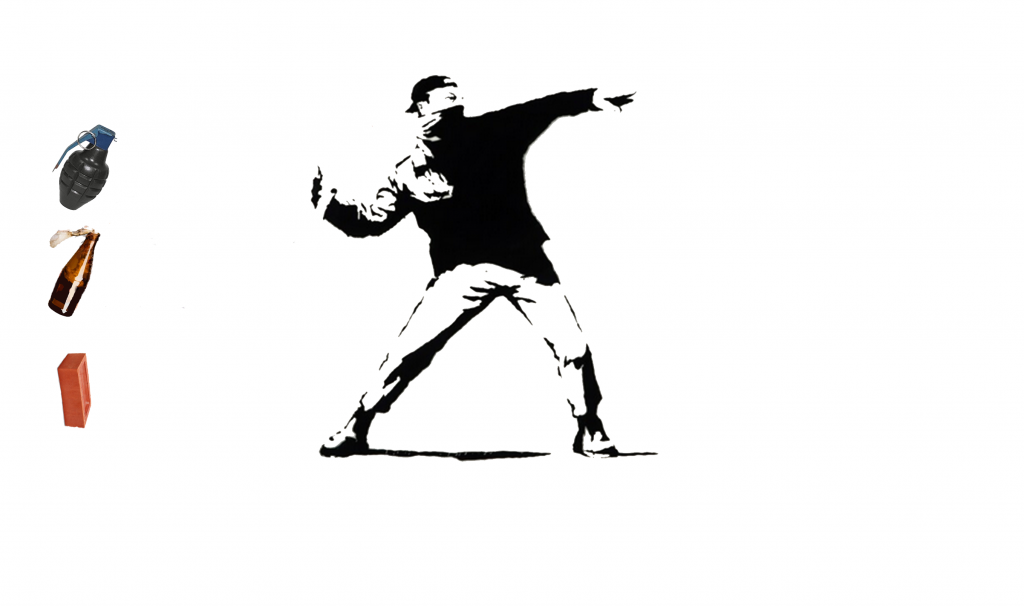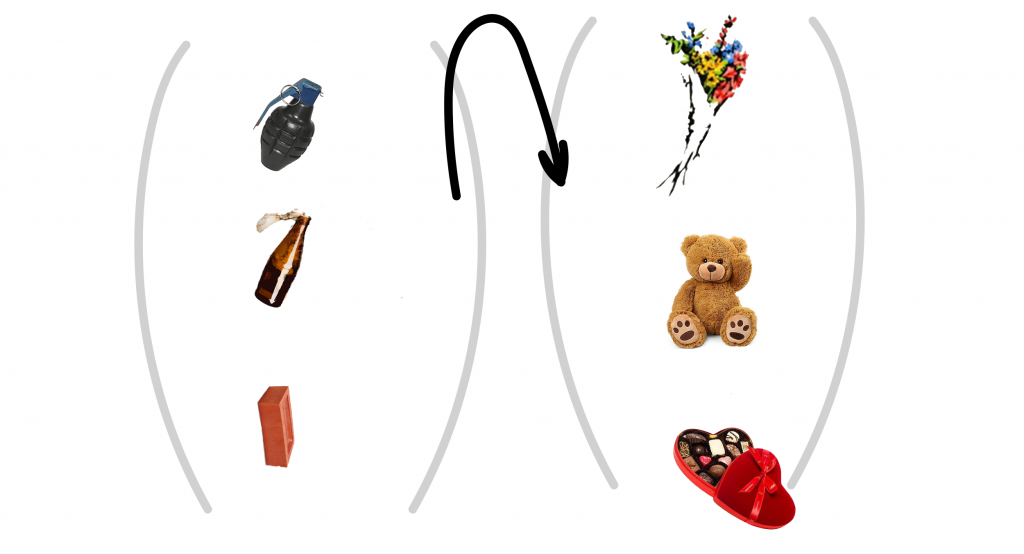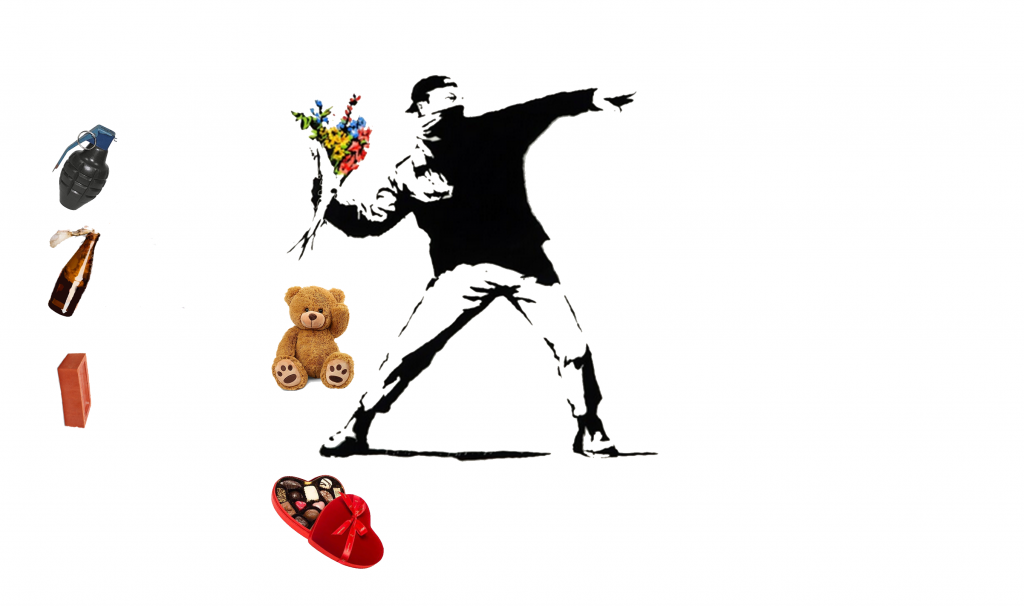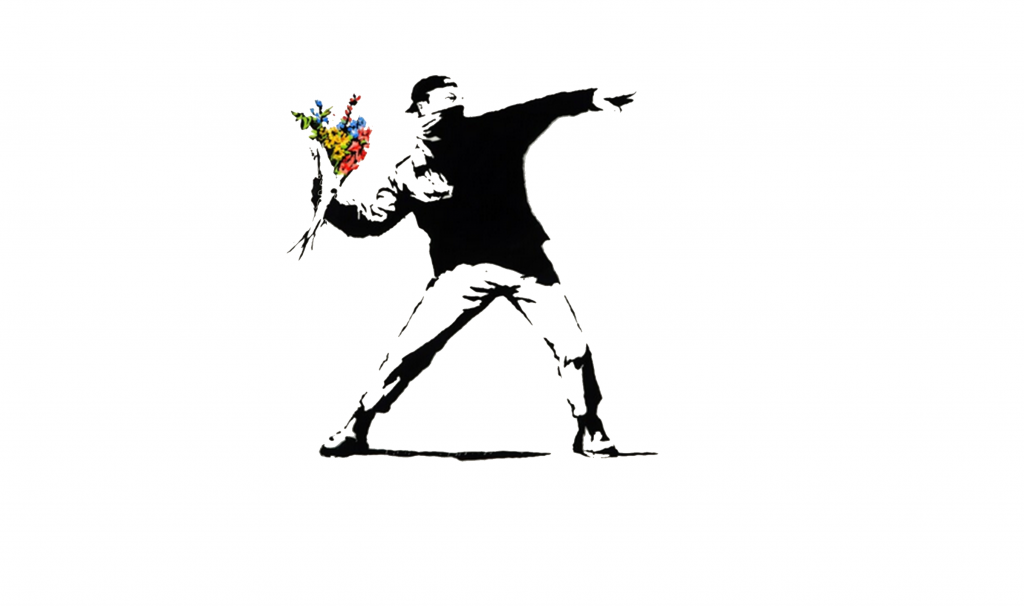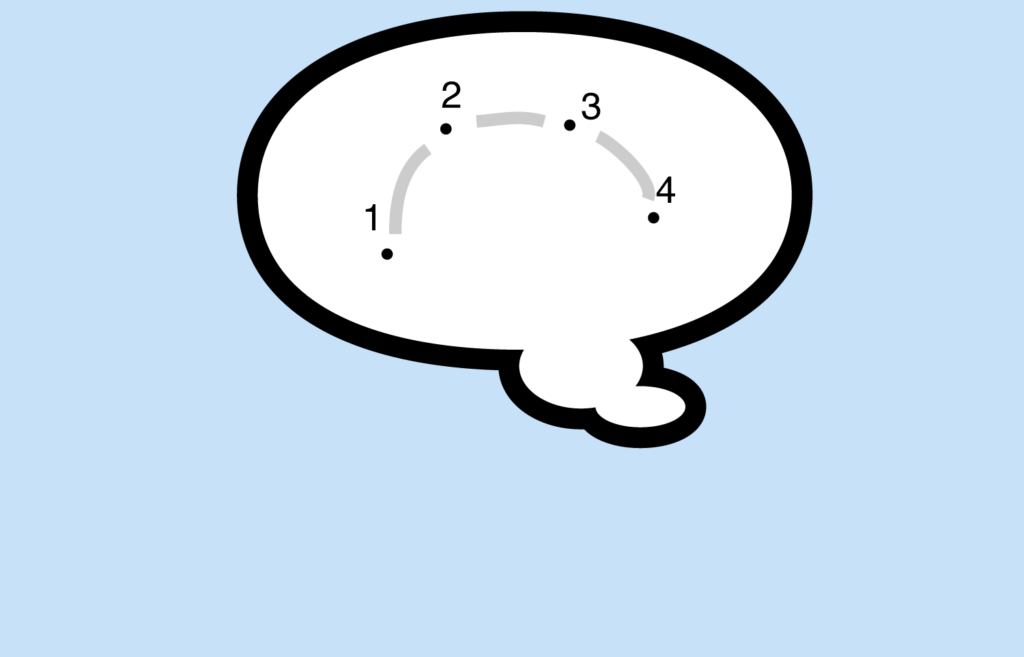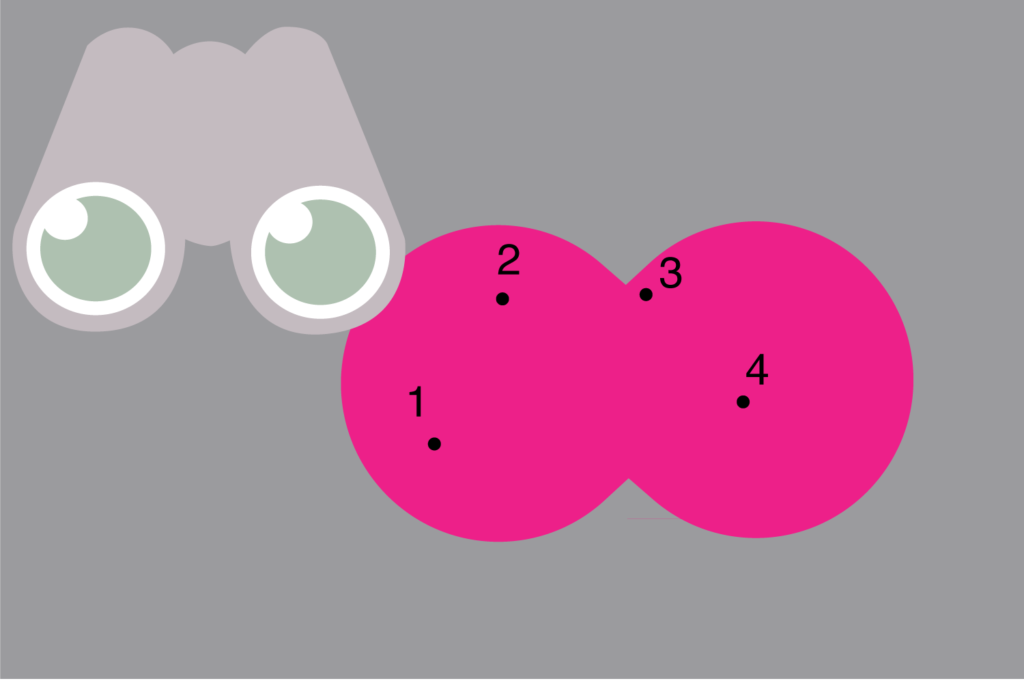Start with a really strong visual item with its own very clear value set. This image is about violence, rebellion, unrest, protest, anti-authority etc.
This is Noah at 18 months, and he has only a tiny vocabulary. Barely Mama or Dada. One of his only words is “Dee” short for Hey Dugee! his favourite television program. But he knows that I’m saying No Dee because his whole body reacts, in desolation at the thought of No Dee, and he chucks the remote control down too.
Then when I say “Actually yes Dee” he perks up, picks up the controller and acknowledges that we’ll be watching the TV show Dee.
A perfect demonstration of communication in its simplest form.
Communication changes behaviour.
And change is a vital part of any storyline.
See how these three elements fit together here.
Morgan Freeman’s character says he’s rehabilitated, but it’s only when he describes a change in how he sees himself, his crime, and his youth, that anyone believes him.
In David Attenborough’s short trailer he demonstrates how to launch an argument and sell in documentary in just a few powerful seconds. If you’ve done the Copycourse you’ll recognise the structure he uses a mile off.
David Attenborough: I am David Attenborough and I am 93. I ‘ve had the most extraordinary life. It’s only now that I appreciate how extraordinary. The living world is a unique and spectacular Marvel. Yet the way we humans live on earth is sending it into a decline. Human beings have over run over the world. We are replacing the wild with the tame.
This film is my witness statement about my vision for the future. The story about how we came to make this, our greatest mistake. How if we act now we can yet to put it right. Our planet is heading for disaster. You need to learn how to work rather nature rather than against it. And I’m going to tell you how. In cinemas 2020.
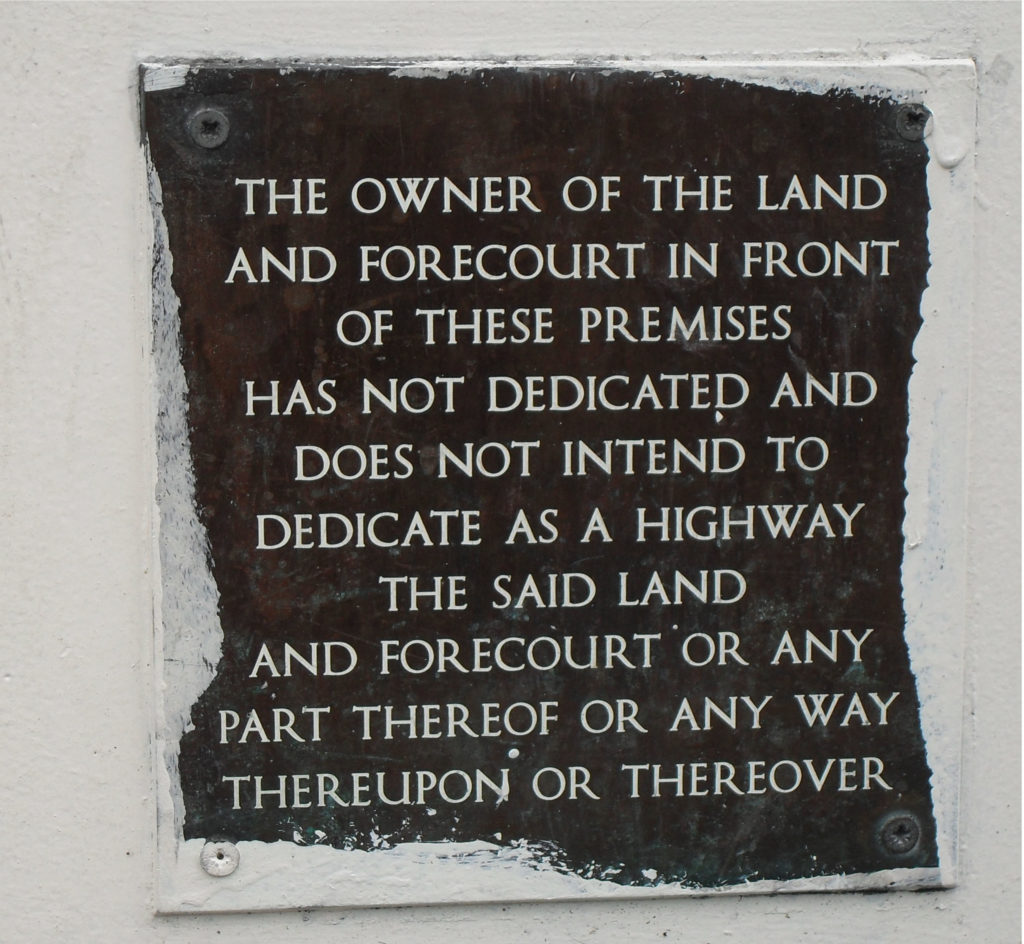 This is a brass plaque that used to live where the post office was in Kentish Town, London. It remains one of the most improbable and impenetrable sentences I’ve ever read. And yet it exists and presumably makes sense in some kind of context. That context will of course be a legal one, and to some lawyer maybe from another century it makes perfect sense. The point is, this communication is best and perhaps only understood in terms of a contract that lies outside the communication itself.
This is a brass plaque that used to live where the post office was in Kentish Town, London. It remains one of the most improbable and impenetrable sentences I’ve ever read. And yet it exists and presumably makes sense in some kind of context. That context will of course be a legal one, and to some lawyer maybe from another century it makes perfect sense. The point is, this communication is best and perhaps only understood in terms of a contract that lies outside the communication itself.
One question that is very useful to ask is: What’s the contract that surrounds a piece of text? Is it a coercive context like a legal framework? Or is it a persuasive context like an advertising poster? Every piece of writing has a contract and it’s usually implicit.
A broadsheet newspaper might be: Pay to read this and we will give you thoughts ideas and information that is reasonably accurate and will make you look more informed in your social and business interactions. We will be interesting enough for you to want to read.
A parking ticket and parking signage has a very different contract: Read this carefully or not, it’s up to you. Fail to understand what we mean and we’ll tow your car away anyway.
The less well a parking signage is written the more revenue the council can collect. It’s one of the reasons signage is often so difficult to fathom.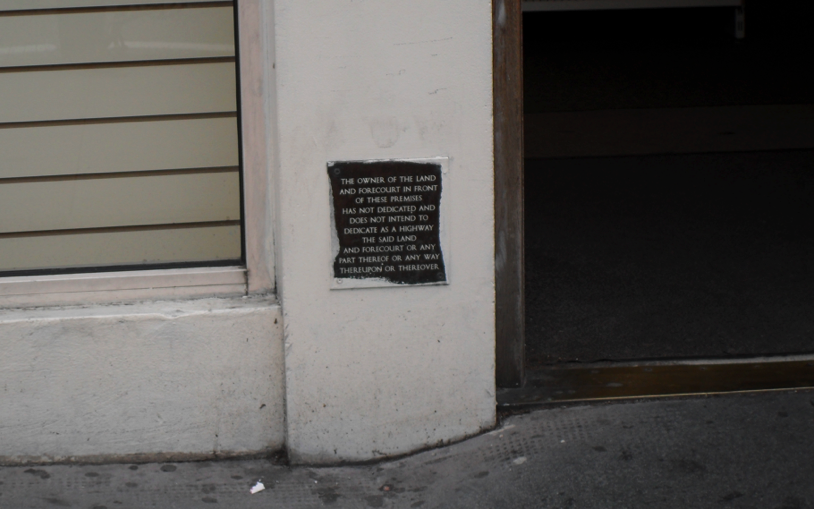
What’s the difference between an observation and an insight? Insights are generally based on observations but they go further. They’re generally unexpected, and they have real value to the reader.
They often require joining some dots and give an ah ha moment to the person who discovers them or is told them for the first time. They are often the product of asking the question “why?”
People generally read text for insights but they want to be able to see that the observations are there to back those insights up.
 From zero to hero. The classic log line for a Hollywood storyline. Why? because there’s lots of change implicit in zeros becoming heros. A perfect example of this would be the log-line for Down and Out in Beverly Hills. Where the filthy rich meet the dirty poor. You can almost see that there will be change for both the two main characters. Without change there can be no story and without story there’s no communication. These three things go together and if you’re going to understand any one of them you need to understand them all.
From zero to hero. The classic log line for a Hollywood storyline. Why? because there’s lots of change implicit in zeros becoming heros. A perfect example of this would be the log-line for Down and Out in Beverly Hills. Where the filthy rich meet the dirty poor. You can almost see that there will be change for both the two main characters. Without change there can be no story and without story there’s no communication. These three things go together and if you’re going to understand any one of them you need to understand them all.
Another way of looking at this is by investigating what happens when there’s no change. And by that we also mean no change in expectation. If you were to try to build a story around visiting a vending machine: You go to the a vending machine in some big building.

You select, say a Kit Kat, put your money in, and a Kit Kat duly drops onto the tray. Well, there’s no possible story that can come out of that because in no way has any expectation been thwarted or confounded. However, if a Kit Kat didn’t drop down, but something much more unexpected did, say a packet of class A drugs, you have the beginnings of a storyline.
Masters of story don’t start with a simple fact or assertion, they weave a story that does the same thing.
Rabbi Jonathan Sacks could have begun his speech by simply saying something like “all faiths have similarities, but they also have interesting differences.”
That would have been a perfectly coherent way to start a speech at an interfaith dinner. But by starting with a story that demonstrates the same thing, he does so much more than assert a first beat.
He demonstrates mastery of the story form, establishes his own character as a player at Government level, and also brings some laughs to the room. But the story is always in the service of demonstrating the first beat of the rest of his speech.

Jaguar tone book
Asthma UK
Anglian Water
One of charts that really helps when you’re discussing verbal, or indeed any type of brand identity is the one above. Based on Jungian archetypes and developed by Mark and Pearson, it forms a neat representation of different brand flavours.
The question you start with is the usual consultancy one: where are we now? The next question is where would we like to get to? If an organisation product or service is say in the ruler section, maybe they want to transform and become a mate? If they are a ruler, what sort of ruler are they? Bossy and aloof in a not good way or alternatively, aspirational in the way British Airways was, when it was at its best? Or maybe the content is such a mish-mash it doesn’t really have any distinct tone you can speak of. Maybe it’s just a big pic’n mix nothing.
These are the issues that form the basis of an audit, and obviously you need to do this in some form, even if only in a very cursory way. In the old days it was all about the branding agency auditing, presenting and ultimately delivering a verbal identity, but my view is that doesn’t really wash nowadays.
Most organisations have scores of content marketing and corporate writers and there’s no reason to leave them outside the process. This means that repositioning a company needs to be done with them in a collaborative training and exploratory way, rather than brought down from on high and ‘rolled out’.
Not that there’s anything wrong with ‘rolling something out’, it just doesn’t make any allowance for the way organisations usually work. You usually find that it’s one thing for a verbal branding agency to blithely specify a few choice phrases, that amount to general good writing practice, but it’s quite another to work through the daily diet of communications the team actually have to put out.
It’s for this reason that training, facilitation, content and verbal brand repositioning are a great combination. And you can’t really substitute them for a few standard bromides about copywriting.
Chris Voss, an ex FBI negotiator is used to dealing with murderers, rapists and terrorists. Here he shares his biggest insights into communications.
Chris explains that being able to play back, almost verbatim, the exact argument of the other side, is more important than expounding the rationality of your own case.
When you repeat exactly what the other side has just said, and they reply, “That’s right“, you’ve achieved the first and most important part of a negotiation: Demonstrating that you actually get where they’re coming from.
Probably the most striking moment of the interview is when Chris describes how one of his team was called up by a hostage taker they had negotiated with a short while back.
“A bad guy called Sabaya. Head-choppin’ terrorist, rapist, real bad, bad guy. Sabaya calls us up two weeks after the negotiation and says: ‘ Did you get a promotion?'”
“‘You should have. I don’t know what you said to me on the phone but I was going to kill Jeffrey. You kept me from doin’ it. They should promote you.’ Then hangs up.”
And so it is with customers, stakeholders and prospects. Getting their worlds as they see it, not as you do, or your CEO does, is the first step to doing business with them. Most of the time we’re not talking to head-chopping murderers and rapists, just people who don’t share your corporate view on how effective your services are.
But like head-chopping murderers and rapists they have an alternative narrative on the way things are.
And the needle only starts moving when you’ve proved you’ve heard what they’re trying to say.

